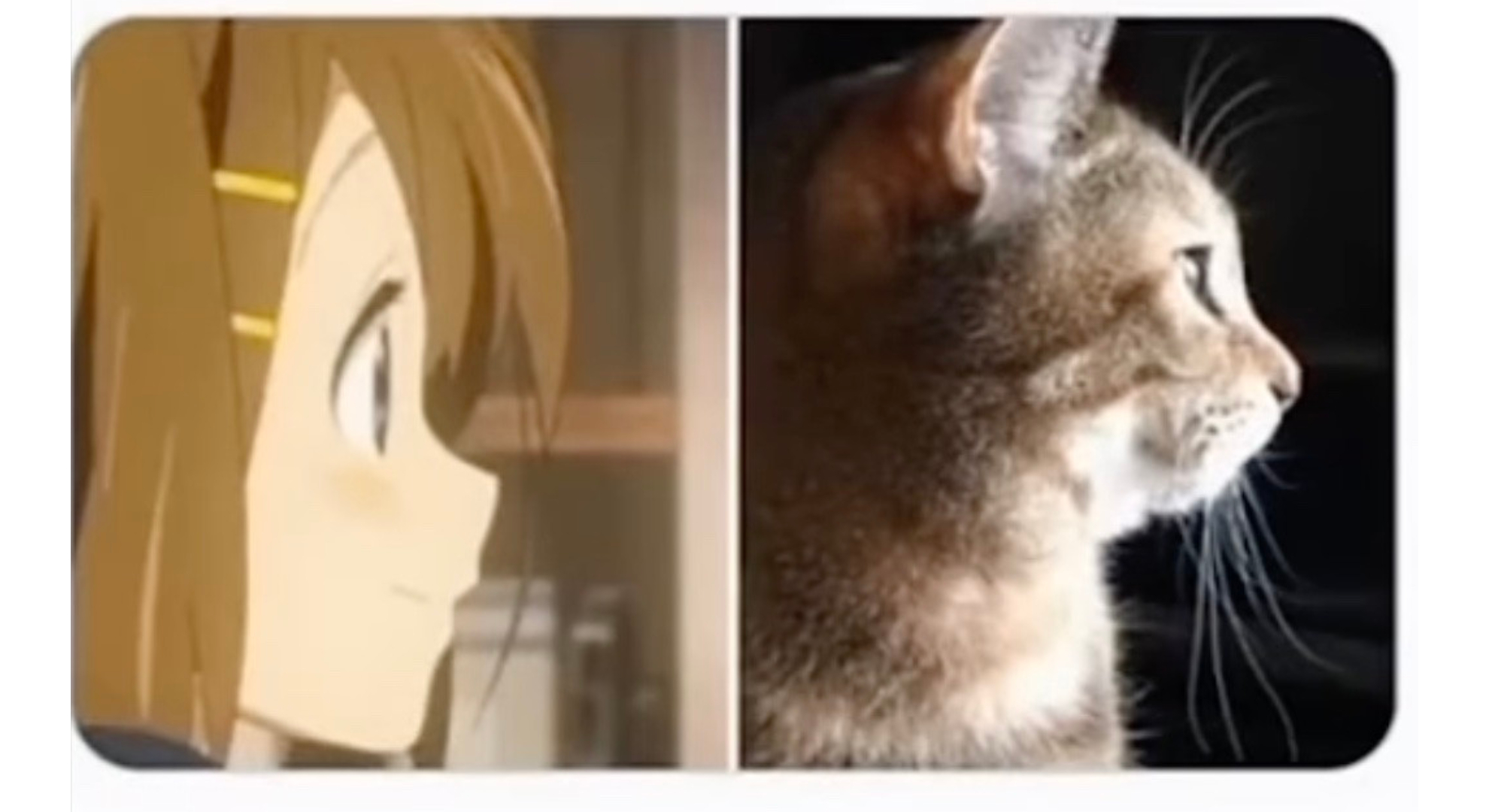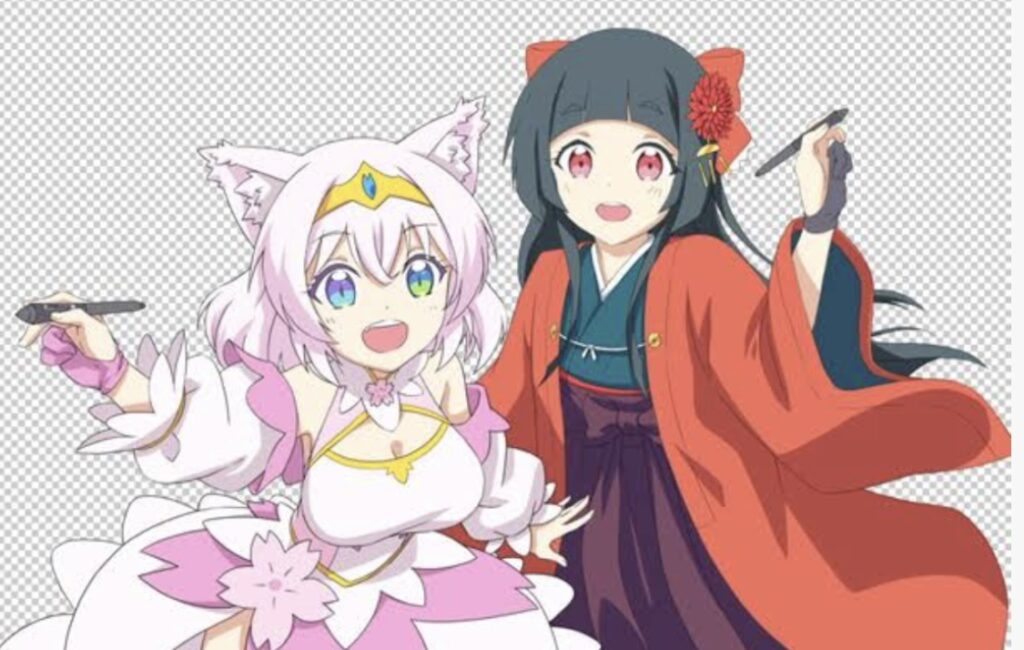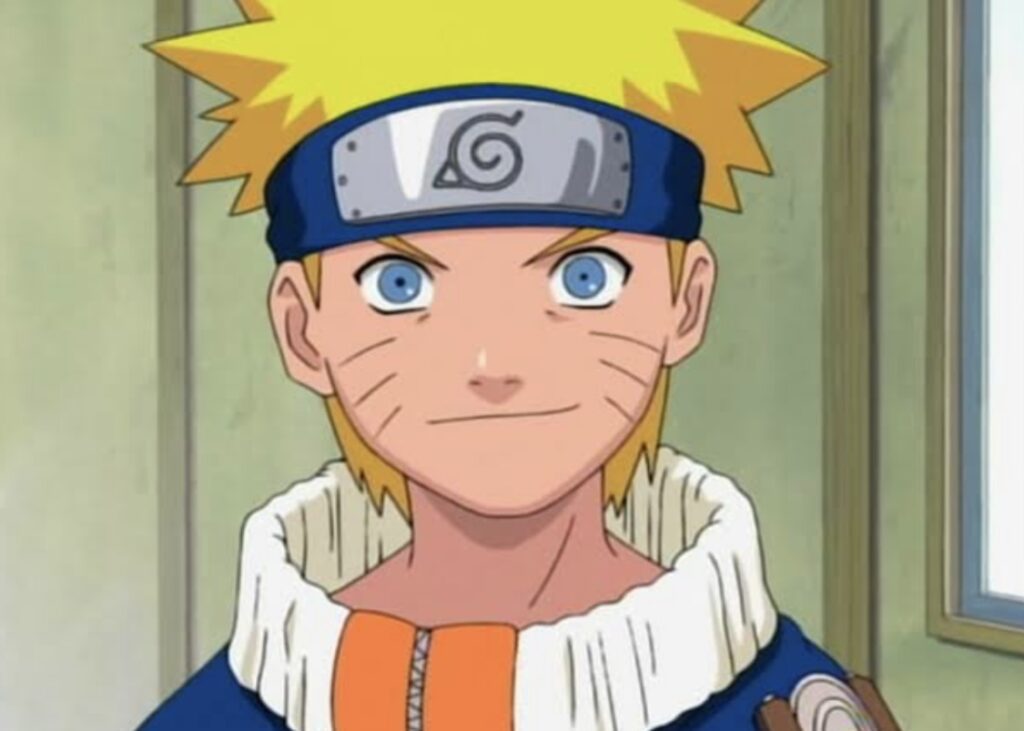Cats equals cuteness, apparently.
If you’re into manga, anime, or anime art in general, then you may already be familiar with the anime art style. Which, looks like this:
Whenever we think of anime art, the first word that always comes to mind is “cute.” Very typical, yes, but that is exactly its point. Anime art, despite the variety of art styles under the genre, is still mostly associated with cuteness, or kawaii in Japanese. Case in point, some of the most iconic anime characters in the anime fan community are females.
According to some creators and animators, there is a so-called standard when it comes to drawing anime characters that regardless of whatever art style they have, it can almost always be seen. And this standard is said to begin with cats.
Huh? Cats? Why cats, you may ask.
Well, according to the Japanese, cats are the epitome of cuteness or kawaii in Japanese culture. This kawaii culture isn’t only limited to anime and manga, but also to their pop culture, aesthetics, and even to food. Anime characters are said to be based on these animals, because of their cute features, their big eyes, small noses, and hair.
However, this theory is thought to be flawed, because the example that theorists use only come from a specific genre—slice-of-life or shoujo, and largely ignore the other manga art styles that are used for other genres. Examples of series not having the kind of art style associated with cuteness are JoJo’s Bizarre Adventures, Bleach, Gantz, One Piece, Naruto, and many others.
Though, inspiration from drawing from cats in anime art is still heavily present. Like, some characters are literally cat-inspired—complete with the cat ears, tail, and mannerisms. Examples of characters are Konata Izumi from Lucky Star, the main protagonist of the anime K-On!!, Hoshino Ai from Oshi no Ko, and a lot more.
From this alone, you can already see the unintentional racist undertones in anime art. Seeing characters of color in Japanese anime art is occasional, and once they’re there, some of their features are often exaggerated. Their noses are often drawn too big, lips too thick, chins too pronounced, and a lot more.
This drawing style had been coined as the “racist triangle” by some members of the art community. In a video made by animator Ethan Becker on this subject, a way to avoid being unintentionally racist in animation is by utilizing the “anti-racist triangle,” which essentially adds another triangle to the already set way of drafting anime characters.

Becker also acknowledged the fact that many artists are always veering away from the traditional and stereotypical art styles, which are now becoming more inclusive and more respectful of people’s looks in general.
Anime art (both Western and Japanese) are now one of the most recognizable types of art on the Internet. It was just about time for people to finally speak up about the problems surrounding it.
Other POP! stories that you might like:
The Philippine Book Festival goes to Davao
Hayao Miyazaki’s final Studio Ghibli film earns the company’s biggest opening weekend ever
This viral clip from ’90 Day Fiancé’ is sparking discourse over…well, a lot of things
Study shows ‘gaming’ serves as a major stress or anxiety reliever for Filipino Gen Z
X (Twitter) user reveals many researchers used AI to co-author published research papers





